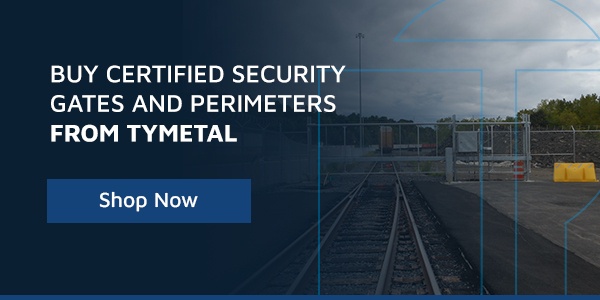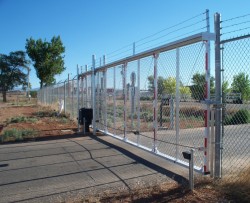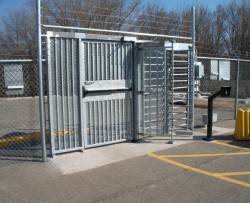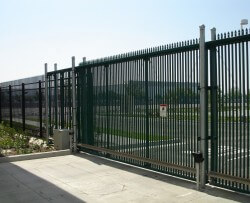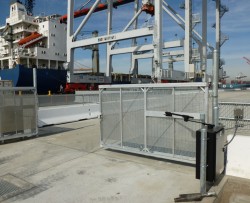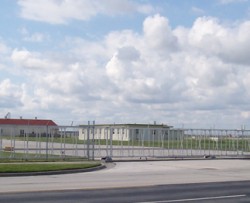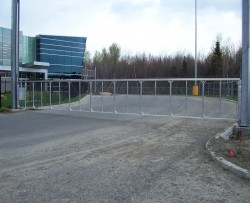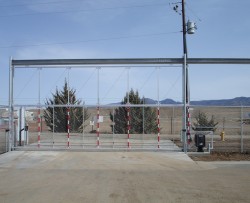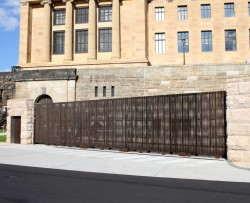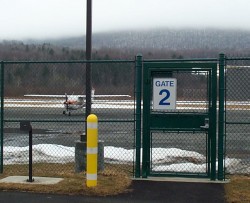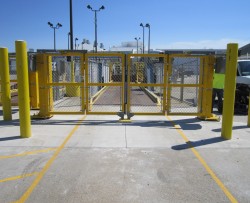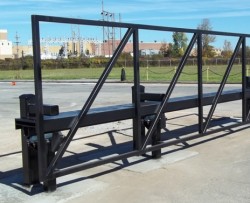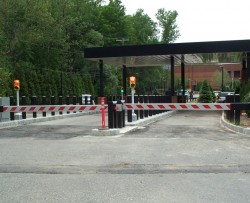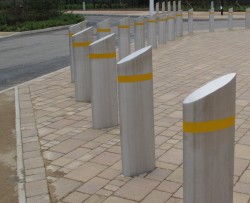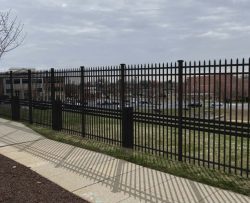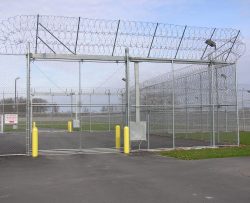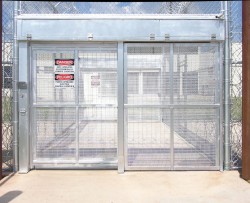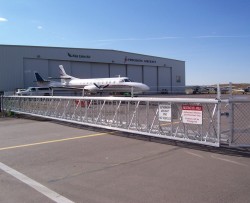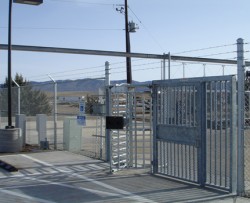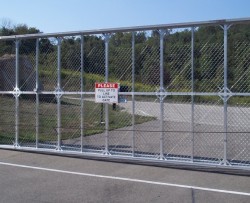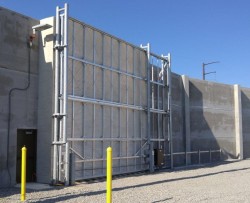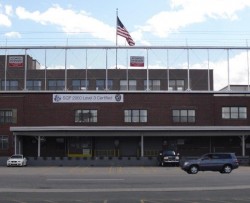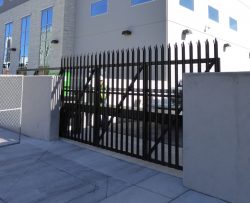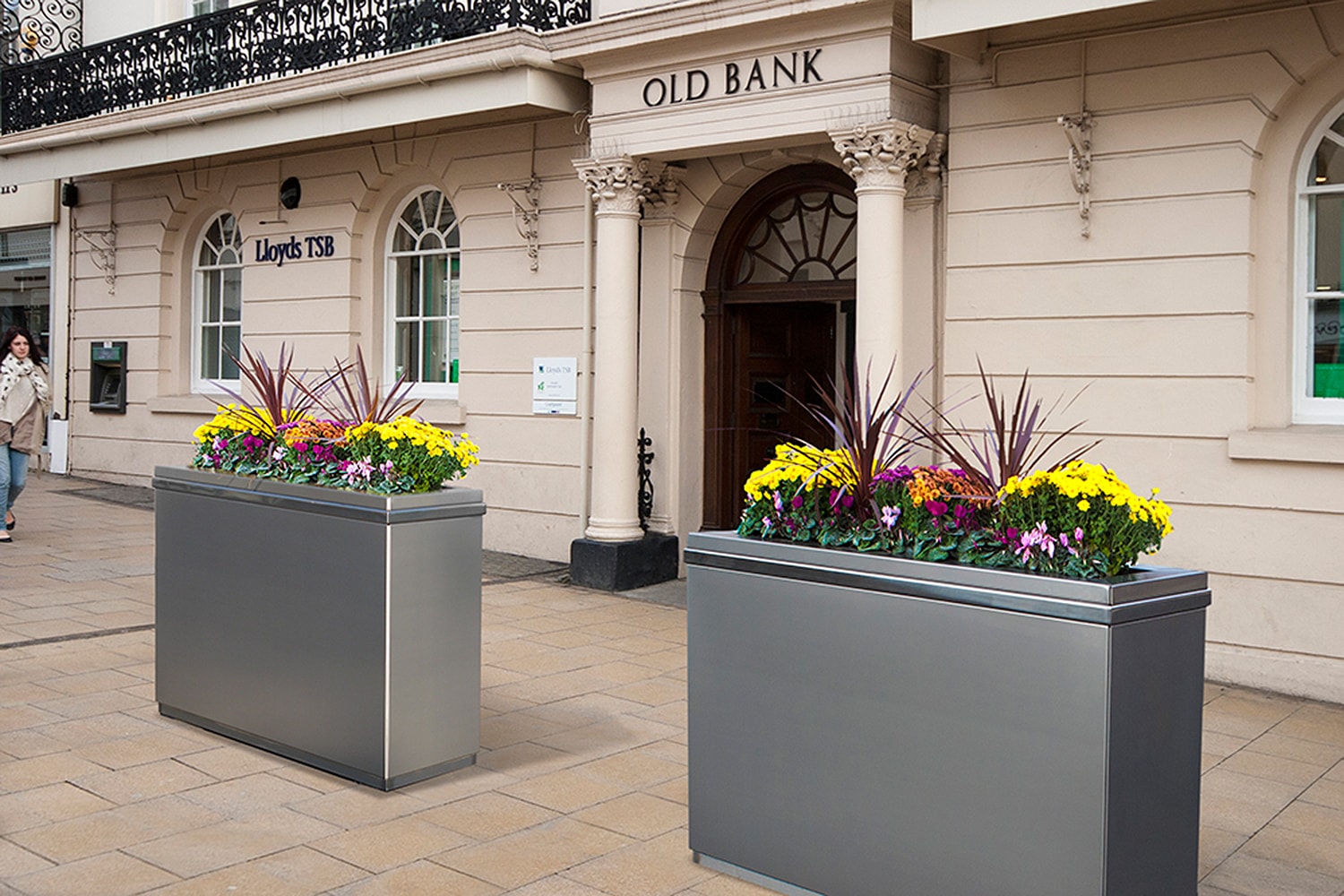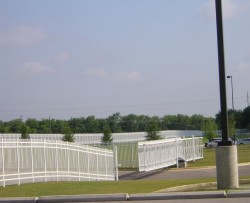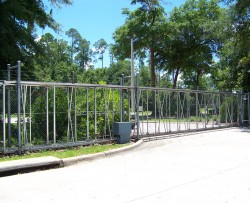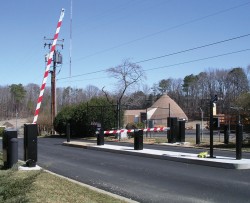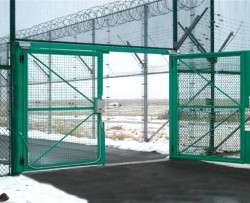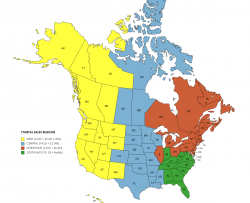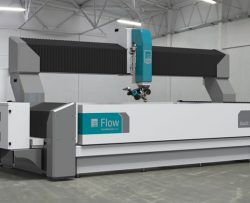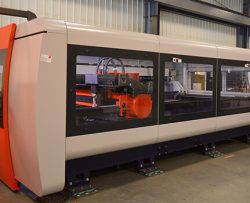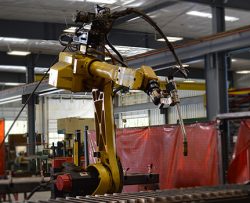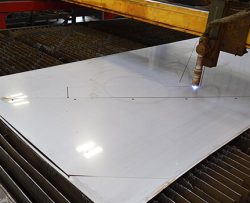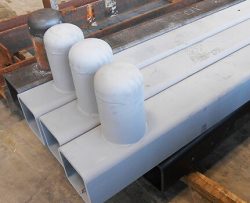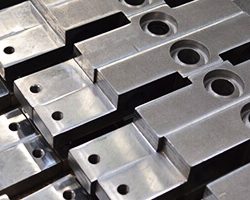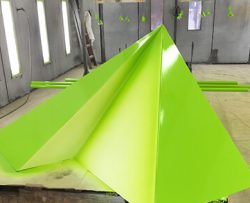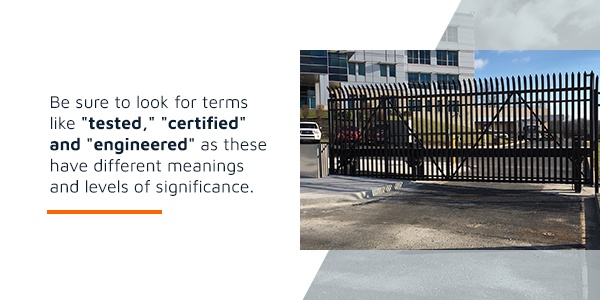Guide to Understanding Crash Ratings
Table of Contents:
The 3 Determining Factors | K-Ratings | M-Ratings | Tested vs Certified vs Engineered | ASTM Models and Codes
Bollards and security gates keep entrances secure. They minimize both unauthorized access and property damage during an accidental crash. Security measures involving gates and barriers are vital to modern industry and defense. Standardized, unbiased U.S. crash ratings determine the durability of such security gates.
With these ratings, you can determine which barriers will hold up the best against rams and crashes. If you’re looking for a secure gate or barrier, pay attention to crash ratings. Learn about how to interpret crash ratings for gates and bollards.
The 3 Factors That Determine Crash Ratings
Three basic factors determine crash test ratings:
- The weight of the vehicle
- The speed at which the vehicle is traveling
- The distance the vehicle travels beyond the barrier
Some rating systems only award certification up to a certain number of feet beyond the barrier — anything beyond has not earned certification. Together, these three factors make up the classification for a barrier’s crash rating. You might find crash ratings in terms of K-ratings or M-ratings, so it’s important to know the difference.
K-Ratings: Old Ratings
The Department of Defense (DOD) crash ratings, also known as K-ratings, have been around since 1985. Department of Defense ratings are based on how far a 15,000-pound vehicle travels past a barrier at a given speed. When it comes to K-ratings, only vehicles that travel 50 feet or less beyond the barrier earn certification. Increasing K-ratings represent tests at higher speeds, with the same size and type of vehicle. Specific K-ratings on the DOD anti-ram vehicle barrier list include:
- K4 crash ratings: These represent tests at 30 miles per hour.
- K8 crash ratings: This test speed is 40 miles per hour.
- K12 crash ratings: These ratings apply to a test at 50 miles per hour.
K-ratings are further divided into L1, L2 and L3, based on how far the front of the vehicle traveled beyond the barrier.
- L3 rating: The vehicle traveled beyond the barrier less than 3 feet.
- L2 rating: The vehicle traveled beyond the barrier between 3 and 20 feet.
- L1 rating: The vehicle traveled beyond the barrier between 20 and 50 feet.
The strongest barrier, in terms of K-ratings, would be K12: L3 — in this case, a 15,000-pound vehicle moving at 50 miles per hour penetrated the barrier less than 3 feet. When interpreting K-ratings, use the “K” number to determine the test vehicle’s speed and the “L” number to determine how far it traveled beyond the barrier.
M-Ratings: New Ratings
M-ratings have replaced K-ratings in recent years, using standards from the American Society for Testing and Materials (ASTM). ASTM crash ratings are different because they’re based on how far a vehicle’s payload travels beyond a barrier, rather than its front. Like K-ratings, M-ratings are based on vehicle size, speed and travel distance.
M-ratings are similar to K-ratings in that their numeral designations correspond with test vehicle speeds. You can match K-rated and M-rated tests based on speed. A K4 and M30 rating are equivalent, a K8 rating matches M40, and a K12 rating matches M50. The vehicles in these tests traveled at 30, 40 and 50 miles per hour, in that order. M-ratings and K-ratings are similar enough to be interchangeable.
M-ratings are also divided into P1, P2, P3 and P4 classifications, based on how far the vehicle traveled beyond the barrier:
- P1 rating: A vehicle traveled 3.3 feet or less.
- P2 rating: A vehicle traveled between 3.31 and 23 feet.
- P3 rating: A vehicle traveled between 23.1 and 98.4 feet.
- P4 rating: A vehicle traveled farther than 98.4 feet.
You’ll notice M-ratings accommodate for farther distances than K-ratings, which can make for a more accurate measure. The equivalent of a K12: L3 rating would be an M50: P1 rating. Meanwhile, an M50: P2 rated beam could withstand a 15,000-pound vehicle moving at 50 miles per hour without allowing it to travel more than 23 feet.
Tested vs. Certified vs. Engineered
Be sure to look for terms like “tested,” “certified” and “engineered” as these have different meanings and levels of significance. Learn what each of these terms means in context:
- Tested: Be wary of a “crash-tested” label. Just because a barrier was “tested” does not mean it passed the test or fits the specifications of a label. As misleading as it is, a product labeled “tested” at a certain K- or M-rating may not actually meet that rating.
- Certified: “Certified” is a more accurate label — if a barrier product is “certified” at a particular rating, that means it passed that test and achieved that rating. Look for “certified” barrier products.
- Engineered: If a product is “engineered” to meet a certain label, that means it was designed to pass that test based on calculations or computer models. It may not have undergone actual, real-life testing, so keep that in mind.
When it comes down to it, you’ll want to look for “certified” M-ratings and K-ratings. Inquire further if you see the labels “tested” or “engineered” — ask if tested products met the designated standards, and ask if engineered products ever underwent actual, physical tests. If not, you have little guarantee the products will withstand real-life crashes.
Different ASTM Models and Codes Used
As mentioned above, ASTM uses models and codes to classify anti-ram tests based on vehicle speed, weight and distance traveled. It’s important to be able to decipher these codes if you want to understand crash ratings. Read more about ASTM standards for vehicle security barrier crash tests.
An important element is the speed rating, designated as follows:
- S10: The minimum test velocity is 10 miles per hour.
- S20: The minimum test velocity is 20 miles per hour.
- S30: The minimum test velocity is 30 miles per hour.
Next are the ASTM penetration ratings — how far the vehicle was able to travel beyond the barrier. Penetrations ratings for low-speed tests include:
- P1: At a low speed, a vehicle penetrated the barrier no more than 1 foot.
- P2: At a low speed, a vehicle penetrated the barrier between 1 and 4 feet.
- Failure: At a low speed, a vehicle penetrated the barrier beyond 4 feet.
For high-speed tests, the standards are a bit more forgiving. The codes used to designate high-speed penetration ratings include:
- P1: At a high speed, a vehicle penetrated the barrier no more than 3.3 feet.
- P2: At a high speed, a vehicle penetrated the barrier between 3.31 and 23 feet.
- P3: At a high speed, a vehicle penetrated the barrier between 23 and 98.4 feet.
Buy Certified Security Gates and Perimeters From TYMETAL
When security is a top priority, you need barriers that meet high standards. At TYMETAL, all of our security gates and crash barriers have achieved prestigious ASTM crash ratings. You can rest assured knowing our barriers have met the universal, unbiased standards of the ASTM. Shop durable crash barriers and commercial gates from TYMETAL today.
